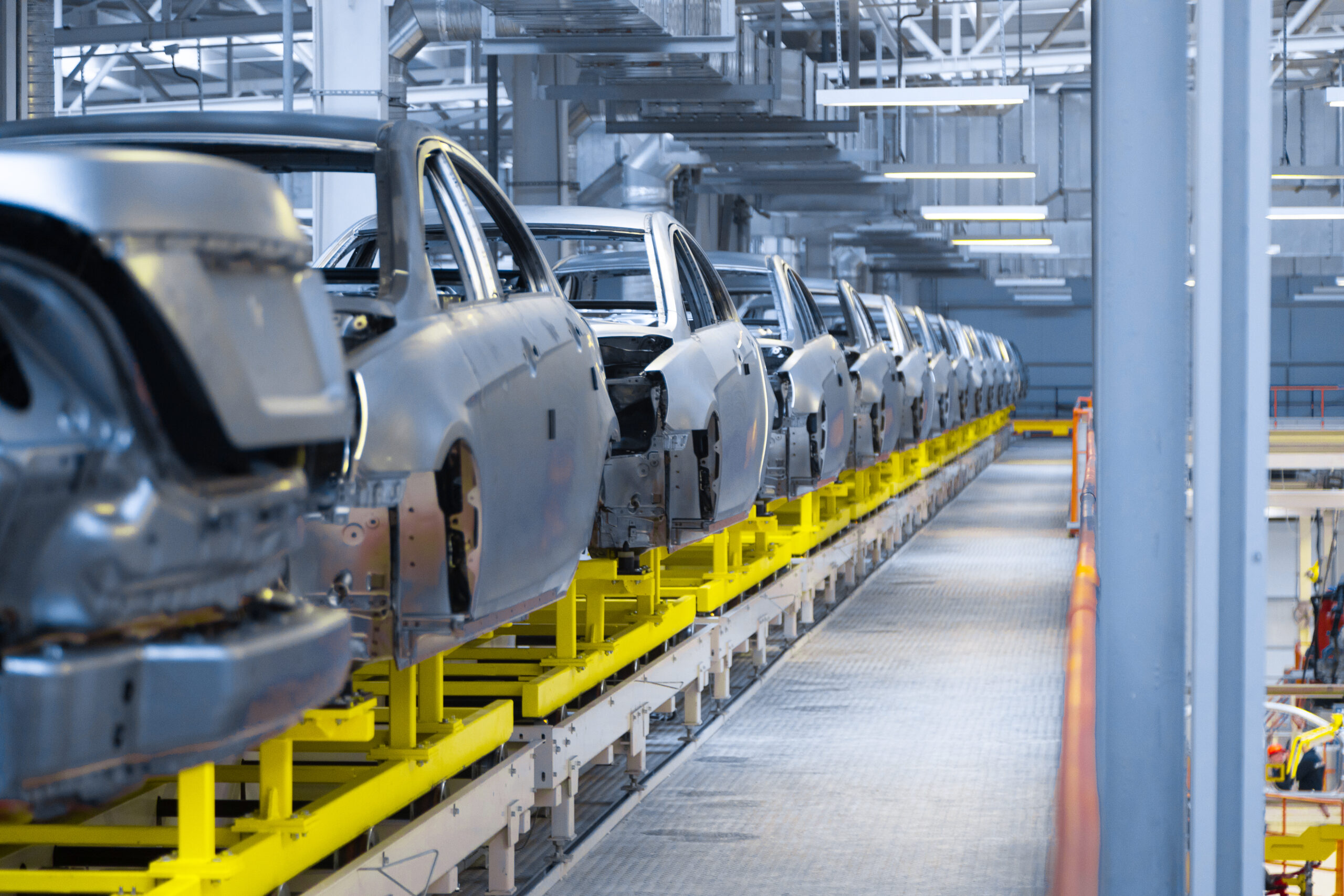Company: Large factory producing engine components for the automobile industry.
Challenge: Unplanned downtime from equipment failures that might have been prevented was a primary concern, leading to production bottlenecks, lost revenue, and increasing maintenance costs. Overall schedules for preventative maintenance were not satisfactory, either generating unnecessary maintenance or failing to forecast unexpected failures.
Solution: Taking an AI-based predictive maintenance system.
Implementation:
Data Collection: Sensors were installed on the critical equipment to record real-time data for various parameters like vibration, temperature, pressure, and power consumption. Historical maintenance records, repair history, and environmental data were also taken into account.
AI Model Training: Machine learning models in the guise of a combination of Recurrent Neural Networks (RNNs) and Support Vector Machines (SVMs) were trained with the gathered data to identify patterns that resulted in equipment failure. The RNNs were better suited to handle time-series data from the sensors, and the SVMs categorized the patterns and predicted probabilities of failure.
Deployment & Integration: The AI model was integrated with the factory’s current maintenance management system. Alert messages and notifications were sent to maintenance staff by the system when the failure probability went above a pre-defined level. The notification was for the concerned component which would fail and the estimated time to failure.
User Interface & Visualization: An intuitive user dashboard was created to provide maintenance personnel with a clear view of the health of all the monitored equipment, predicted failure risks, and recommended maintenance activities.
Results:
Less Downtime: Unplanned downtime decreased by 45%, leading to improved production flow and improved on-time delivery.
Lower Maintenance Costs: By shifting from reactive and preventive to predictive maintenance, 20% of unnecessary maintenance was eliminated, which meant cost savings in labor and parts.
Longer Equipment Life: The early detection of upcoming issues allowed for early interventions that extended the life of key equipment.
Better Production Volume: Less downtime and planned maintenance resulted in a 10% increase in overall production volume.
Enhanced Safety: Predictive failure and preventive failure enhanced the overall safety of the factory by reducing the chances of accidents due to equipment failure.
Critical Success Factors:
Good data: Success of the AI model relied greatly on good and quality data from various sources.
Cross-functional coordination: Implementation success relied on the seamless coordination between data scientists, maintenance personnel, and IT professionals.
Continuous improvement: The AI model was continuously being monitored and retrained using new data in an effort to make it more accurate and efficient in the long term.
Change management: Proper training and communication were required to help ensure that maintenance crews embraced the new AI-based system.
Conclusion:
This case study demonstrates the possibility of AI-powered predictive maintenance to significantly improve manufacturing operations. With the strength of data and machine learning potential, manufacturers are able to reduce downtime, lower maintenance costs, simplify production, and enhance safety. This case demonstrates the ability of AI to revolutionize the manufacturing industry and achieve considerable business value.


Leave a Reply